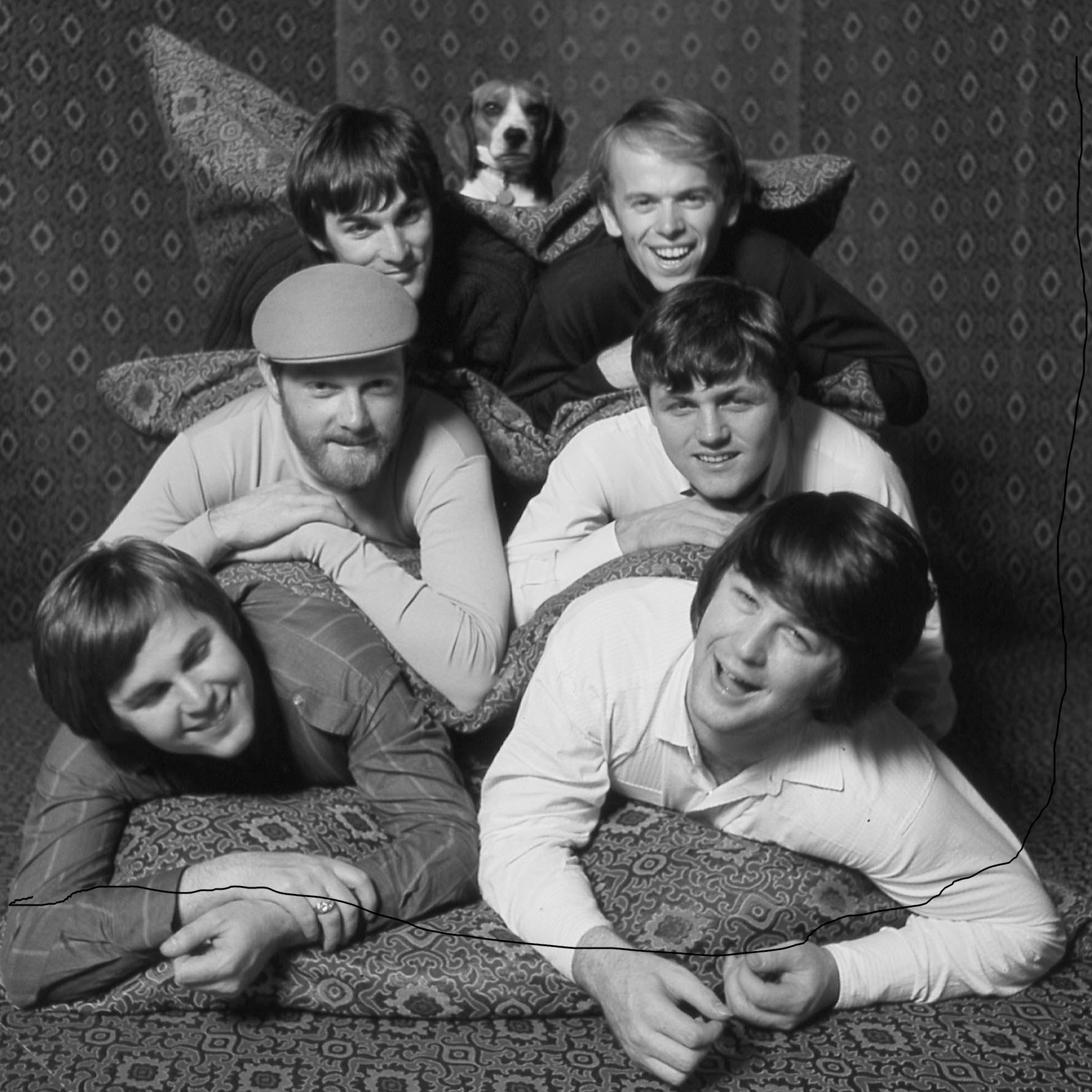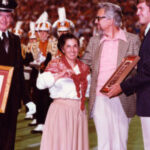 The Beach Boys (plus Brian
The Beach Boys (plus Brian
Episode 146 of A History of Rock Music in 500 Songs delves into the groundbreaking sounds of “Good Vibrations” by the Beach Boys, exploring its innovative production and the surprising history of the theremin, an early electronic instrument that contributed to its unique soundscape. This track, far from a typical pop song, was a meticulously crafted studio creation, pushing the boundaries of popular music in the 1960s.
The story behind “Good Vibrations” is as fascinating as the song itself. It’s a tale of musical experimentation, technological curiosity, and the visionary genius of Brian Wilson. To truly appreciate this iconic track, we need to understand the elements that made it so revolutionary, starting with a journey into the ethereal world of the theremin.
From Soviet Spy Tech to Surf Rock Sounds: The Theremin’s Unexpected Journey
The theremin, an instrument synonymous with eerie sound effects in sci-fi films, has roots in both music and espionage. Invented by Soviet physicist Leon Theremin (originally Lev Termen), it was initially conceived not as a musical instrument, but as a proximity sensor.
Termen, born in Russia in 1896, was a prodigy in both music and physics. His early experiments with radio technology led him to discover that the human body’s capacitance could alter electrical circuits. This revelation sparked the creation of the etherphone, later known as the termenvox or theremin. Remarkably, this instrument is played without physical contact; performers control pitch and volume by moving their hands in the air around two antennas.
 A jukebox, with the words
A jukebox, with the words
Initially lauded by Lenin himself, the theremin was showcased across the Soviet Union and internationally. Termen even demonstrated it to Lenin, who was impressed by both its musical potential and its potential for security applications. This duality in purpose is a key part of the theremin’s history. While becoming a sensation in concert halls, Termen’s expertise also found its way into Soviet intelligence. He designed burglar alarms and, more famously, a passive listening device – “The Thing” – hidden in the Great Seal of the United States, gifted to the US ambassador, highlighting the surprising intersection of music and Cold War espionage in Termen’s life.
Despite its initial novelty, the theremin’s popularity as a mainstream instrument waned due to its difficulty to play and the emergence of more controllable electronic instruments like the ondes Martenot. However, its unique sound continued to captivate composers and musicians seeking otherworldly textures, finding its niche in film scores and experimental music.
Paul Tanner’s Electrotheremin: Bridging the Gap to “Good Vibrations”
Fast forward to the 1960s, and the theremin experienced a resurgence, albeit in a modified form. Trombonist Paul Tanner, recognizing the theremin’s inherent challenges, invented the electrotheremin. This instrument mimicked the theremin’s sound but employed a sliding mechanism for pitch control, making it significantly easier to play precise notes and staccato passages.
Tanner’s electrotheremin became a sought-after sound in Hollywood and beyond. He contributed to numerous film soundtracks and recordings, becoming the go-to musician for that distinctive, ethereal electronic timbre. Crucially, Tanner’s electrotheremin is the instrument heard on “Good Vibrations,” not the traditional theremin.
Brian Wilson’s Vision: From Dog Bark Vibrations to a Pocket Symphony
Brian Wilson, the creative force behind the Beach Boys, was always pushing musical boundaries. Inspired by his mother’s explanation of dogs sensing “vibrations” and his own burgeoning interest in mystical and sensory experiences, Wilson conceived “Good Vibrations” as something sonically groundbreaking. He envisioned a song that would capture the feeling of these unseen energies, translating them into music.
Wilson’s ambition for “Good Vibrations” was immense. He wanted to create a “pocket symphony,” a song with distinct movements and contrasting textures, diverging from the standard verse-chorus pop structure. He drew inspiration from George Gershwin’s “Rhapsody in Blue,” aiming for a similarly episodic and dynamic musical journey, though within the concise format of a pop single.
A Monumental Studio Experiment: Crafting “Good Vibrations” Piece by Piece
The creation of “Good Vibrations” was an unprecedented studio undertaking. Unlike most pop songs of the era recorded relatively quickly and live, “Good Vibrations” was assembled over months, across multiple studios, and through numerous sessions. Wilson and the Wrecking Crew, a collective of top Los Angeles session musicians, meticulously crafted the song in modular sections.
Different segments of the song were recorded at Gold Star Studios, Western Studios, and Sunset Sound Recorders, each chosen for its unique sonic characteristics. Wilson experimented relentlessly, recording numerous takes and variations, often focusing on small musical fragments. He then pieced these fragments together in the editing room, like a sonic jigsaw puzzle, creating a cohesive whole from disparate parts.
This modular approach was revolutionary for pop music. Wilson treated the studio as an instrument, pioneering techniques that would become standard practice in later decades. The sheer amount of studio time and resources poured into a single song was unheard of, reflecting Wilson’s unwavering commitment to his artistic vision.
Deconstructing the Sound: Key Elements of “Good Vibrations”
“Good Vibrations” is rich in sonic detail, a testament to Wilson’s meticulous production. Several key elements contribute to its distinctive sound:
- Electrotheremin: Played by Paul Tanner, the electrotheremin provides the song’s signature otherworldly shimmer, particularly prominent in the chorus. Its gliding, vocal-like quality adds to the song’s ethereal and sensual atmosphere.
- Modular Structure: The song’s episodic structure, moving through distinct sections with contrasting tempos, keys, and instrumentation, keeps the listener engaged and contributes to its “rhapsody” feel.
- Innovative Bass Lines: From Ray Pohlman’s foundational bass in the verses to Carol Kaye and Lyle Ritz’s contributions, the bass parts are melodic and rhythmically dynamic, driving the song forward.
- Harmonic Complexity: The song features sophisticated harmonies and chord changes, moving beyond typical pop progressions. The ascending key changes in the chorus, inspired by “California Girls,” create a sense of lift and excitement.
- Vocal Arrangements: The Beach Boys’ signature vocal harmonies are present, but “Good Vibrations” also incorporates spoken word sections and Mike Love’s distinctive bass vocal hook, adding layers of texture and rhythmic interest.
- Percussion and Instrumentation: Beyond the standard rock instrumentation, “Good Vibrations” features diverse sounds, including organ, jaw harp, harmonica, and cello, enriching the sonic palette and contributing to its unique character.
Lyrical Sensuality: From Sensory to Extrasensory
While the music of “Good Vibrations” is experimental, Mike Love’s lyrics ground the song in relatable human experience. The lyrics move from concrete sensory details – “I love the colorful clothes she wears,” “the sound of her hair,” “the perfume she wears” – in the first verse to the more abstract and intuitive “good vibrations” in the chorus and subsequent verses.
This lyrical progression mirrors the song’s sonic exploration, moving from the tangible to the intangible, from the physical world to the realm of feelings and intuition. The lyrics perfectly complement the music, creating a holistic experience that is both sensual and intellectually stimulating.
Legacy and Impact: “Good Vibrations” as a Pop Benchmark
Released in 1966, “Good Vibrations” was an immediate sensation, becoming the Beach Boys’ biggest hit and topping charts in the US and UK. It was hailed as a masterpiece, a groundbreaking achievement in pop production, and a testament to Brian Wilson’s genius.
The song’s impact reverberated throughout the music world. It inspired countless artists to experiment in the studio, pushing the boundaries of pop music production. Its modular structure, intricate arrangements, and sonic adventurousness paved the way for future innovations in psychedelic rock, progressive rock, and beyond.
“Good Vibrations” remains a timeless classic, a testament to the power of musical innovation and the enduring appeal of sonic exploration. It’s more than just a song; it’s a sonic landmark, a “pocket symphony” that continues to resonate with listeners and inspire musicians decades after its creation. Its enduring popularity confirms its place as not just a great song, but a cultural touchstone representing the creative heights of the 1960s and the boundless possibilities of pop music.

